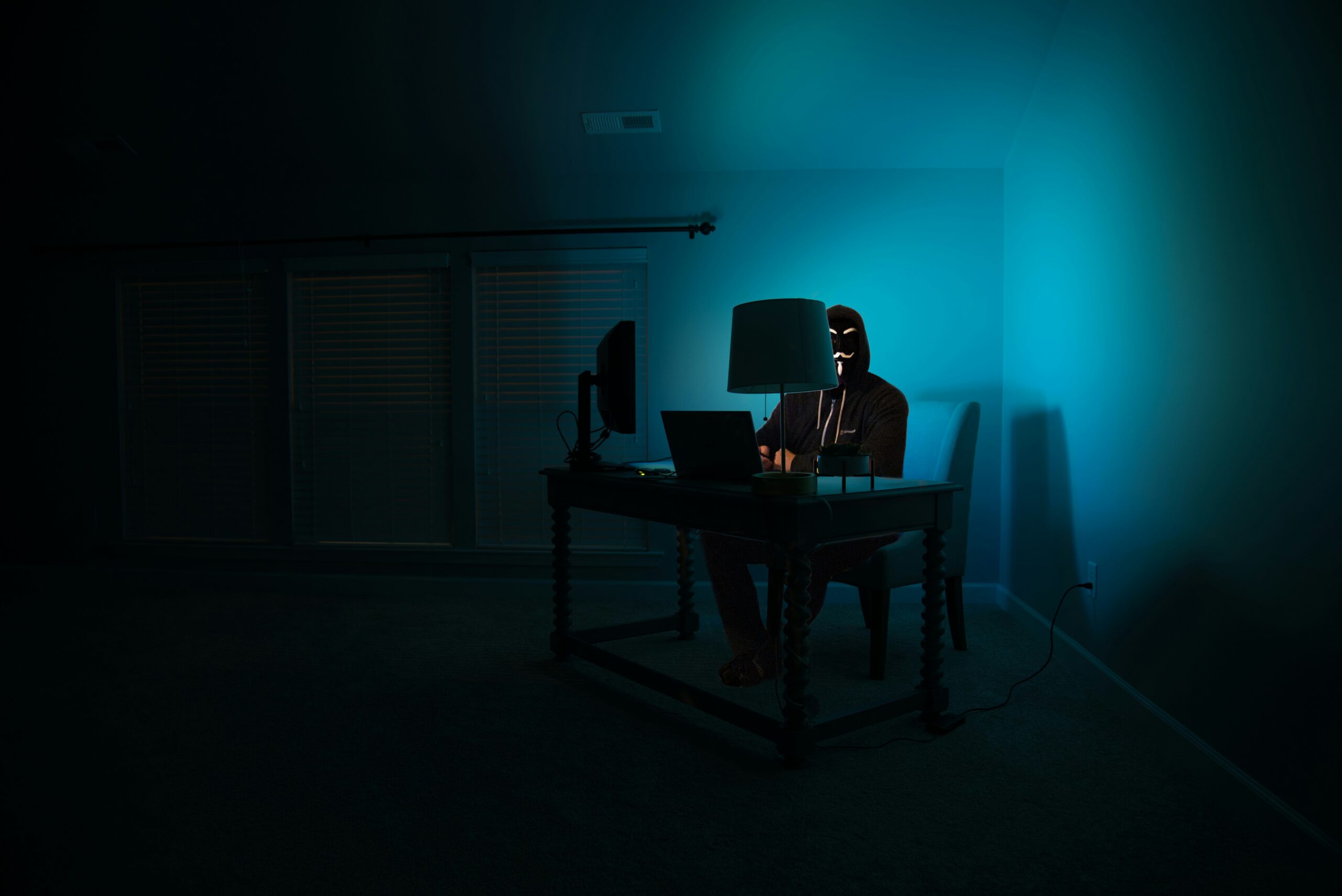Author: Sam Castree, III, Chicago-Kent College of Law, J.D. Class of 2013
(For a more extensive treatment of this and related issues see A Problem Old as Pong: Video Game Cloning and the Proper Bounds of Video Game Copyrights)
Advances in technology have once again allowed a lone individual, or a small group, to create video games and get them out to the world. I have previously written on the growing problem of cyber-plagiarism – thieves completely copying the works of others and selling them via digital distribution in major online retailers. However, there are many other cases in which games are not blatantly stolen. Sometimes, game developers will merely take inspiration from an existing game, or even make completely coincidental similarities. Fortunately, judges have at their disposal a robust body of law dealing with the copyright’s idea/expression dichotomy, which holds that ideas are not the proper subject of copyright, but only the expression of those ideas embodied within the copyrighted work.
The recent case of Tetris Holding, LLC v. Xio Interactive, Inc. is not one of these hard cases. There, defendant Xio created a blatant Tetris clone called “Mino.” When Tetris Holding brought suit, Xio defended on the novel theory that it only copied the rules of the game of Tetris (which are unprotectable ideas), rather than any copyrightable expression. Judge Freda Wolfson rightly dismissed such a broad rule, reasoning that “Any game expression can always be defined as relating to a game rule.” The court noted the “overwhelming similarity” between the two games (and they are indeed nearly indistinguishable), and held in favor of Tetris Holding. Many in the video game industry lauded the decision as a blow against unscrupulous rip-off artists, and this would have been true had the court limited itself to rejecting the “game rules” argument. The full text of the opinion, however, is much more problematic, and ultimately may prove harmful to the very developers who praise it.
In her opinion, the judge went on to enumerate several purely functional aspects of Tetris that she thought were nonetheless copyrightable (at least when taken together as a whole). These aspects include the display of a “ghost piece” (which indicate where the current piece will land on the playing field), a “preview piece” (which tells the player what kind of piece will fall next), and “garbage lines” (which the court does not define but presumably refers to blocks that appear on a player’s screen when an opponent does particularly well). In trying to define these and other aspects as copyrightable, the court discarded decades of legal precedent.
As computers became widespread, courts grappled with which aspects of a program were copyrightable, and which held “an intrinsic utilitarian function.” Ultimately, the rule emerged that functional aspects of these programs fell outside the bounds of copyright. For example, the Second Circuit has held “that those elements of a computer program that are necessarily incidental to its function are . . . unprotectable.” The Ninth Circuit has similarly held, “The protection established by the Copyright Act for original works of authorship does not extend to the ideas underlying a work or to the functional or factual aspects of the work.” One early case on video game cloning acknowledged that, although the “defendants took [the] plaintiff’s idea . . . the copyright laws do not prohibit this.”
In Tetris Holding, Judge Wolfson seems to understand these principles. The court explains various limiting principles within copyright law. For example, the court correctly states that “abstract ideas underlying Tetris . . . cannot be protected by copyright nor can expressive elements that are inseparable from them.” The court also properly discusses copyright’s merger doctrine (“when an idea and its particular expression become inseparable”) and the doctrine of scènes à faire (“expression that is so associated with a particular genre, motif, or idea that one is compelled to use such expression”).
Nonetheless, the court somehow fails to see how various game mechanics within Tetris are entirely functional. For example, both ghost pieces and preview pieces help a Tetris player to plan his game and avoid simple mistakes. Moreover, any protectable expression necessarily merges into the idea. There is simply no other way to show a player what piece will appear next, except by showing the player what piece will appear next. Additionally, the preview piece window may also be uncopyrightable because it lacks sufficient originality. A small blank space with the word “Next” is less creative, and no more copyrightable, than a “for sale” sign. In fact, Mino’s next piece window does not even use the word “Next,” so one must wonder what “look and feel” the court found so similar.
The court also seems to have gotten hung up on a poor reading of past precedent. The court states that, because Tetris “has no grounding in the real world, unlike a video game simulating a karate match or a golf game,” past precedents simply do not apply. However, neither the zombie apocalypse nor Olympian Gods have any real-world analogues, but courts have had no problem applying the idea/expression dichotomy to video games involving such things.
Finally, all of the above-listed functional aspects of Tetris are scènes à faire of the genre of puzzle games. Shadow pieces, preview pieces, and garbage lines are all very common features in puzzle games. Just as vitality bars in martial arts fighting games are uncopyrightable, Tetris Holding cannot prevent such standard devices as these from use in other puzzle games.
So why is this bad for game developers? Admittedly, this may at first seem counter-intuitive: wouldn’t developers want to maximize protection for their games, even through the wrong vehicle of intellectual property? First of all, attempts to protect functional aspects of video games under copyright law should rightly fail, and so the efforts would be a waste of time and legal fees for would-be plaintiffs. But even if courts become willing to allow copyrights on game mechanics, the ensuing legal landscape will not be hospitable to developers. All other game developers would similarly attempt to copyright game mechanics, resulting in extended monopolies over many gameplay ideas owned piecemeal by a large and disparate number of developers (or by a mere handful of large corporations, which may be worse). A start-up game company, or even a well-established one, will not want to negotiate a license from EA for the right to allow players to connect via a leaderboard. EA surely would not want to negotiate a license from Atari for the right to have large enemies splitting into smaller ones. No one will want to secure potentially dozens of different licenses just for the right to design a single game, even with entirely original computer code, music, and art assets (i.e. the content that is properly copyrightable).
Instead, developers should use the patent system to protect any truly novel elements of gameplay; the Tetris Holding court specifically mentions Nintendo’s patent on the game mechanics of Dr. Mario, but fails to connect the blocks to the Tetris situation. Companies can also make proper use of trademarks and properly copyrightable elements within games (such as artistically-stylized playing pieces). In the same case, Tetris Holding also prevailed in a much-more-plausible claim of trade dress infringement.
As a final note, the court notes that Xio’s argument that things like shadow pieces and garbage lines are functional “defines function too broadly and potentially engulfs all of Tetris’s expression.” However, given the simplistic nature of Tetris, it is at least possible that functionality and the other idea/expression dynamics do engulf the whole of the game. Tetris may be a very unusual case in this regard, but the game of Tetris consists of seven simple, monochrome geometric shapes under the influence of gravity. None of these is independently copyrightable, and the collection of them as a whole may not be, either.
Note: As of this post’s publication, Shepardizing Tetris Holding v. Xio Interactive shows that the case has only been cited three times. Each citation was either merely in passing or otherwise not for any of the objectionable copyright holdings.



